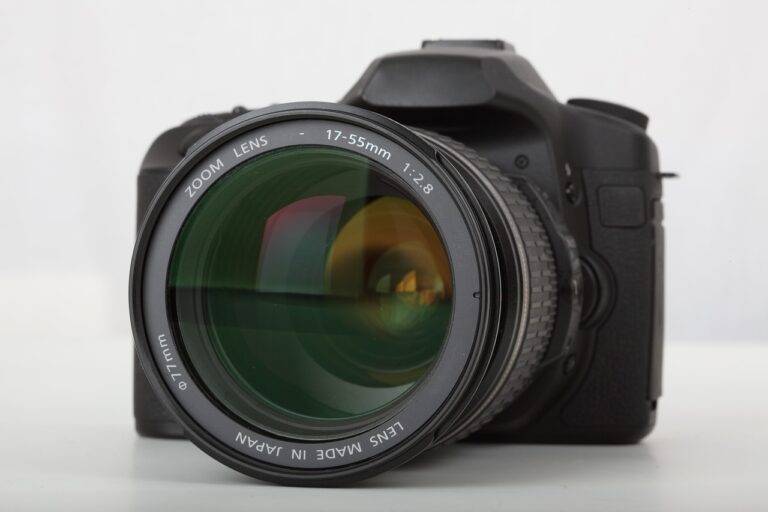The Potential of 3D Bioprinting in Medicine
3D bioprinting offers a revolutionary approach in the field of medicine by providing the ability to create customized tissues and organs tailored to individual patient needs. This technology has the potential to transform the way we approach organ transplantation, as it can address the issue of organ shortages and reduce the risk of immune rejection in patients. By utilizing a patient’s own cells to create bioink for 3D bioprinting, the likelihood of successful transplants is significantly increased, leading to improved patient outcomes and reduced waiting times.
Additionally, 3D bioprinting allows for more precise drug testing and personalized medicine, as it enables the creation of realistic tissue models for pharmaceutical companies to study drug efficacy and toxicity. This method of testing can streamline the drug development process, making it more efficient and cost-effective. Furthermore, 3D bioprinting has the potential to revolutionize surgical procedures by providing surgeons with accurate models of patient-specific anatomy, allowing for better preoperative planning and improving surgical outcomes.
• 3D bioprinting offers the ability to create customized tissues and organs tailored to individual patient needs
• Addresses organ shortages and reduces risk of immune rejection in patients
• Increases likelihood of successful transplants by using a patient’s own cells for bioink
• Improves patient outcomes and reduces waiting times for organ transplants
• Enables more precise drug testing and personalized medicine through creation of realistic tissue models
• Streamlines drug development process, making it more efficient and cost-effective
• Provides surgeons with accurate models of patient-specific anatomy for better preoperative planning
Current Applications of 3D Bioprinting in the Medical Field
One of the most promising applications of 3D bioprinting in the medical field is the production of customized tissues and organs for transplantation. Researchers and medical professionals are exploring the use of bioink loaded with patient-specific cells to create tissues such as skin, cartilage, and even organs like liver and heart. This personalized approach has the potential to revolutionize the field of organ transplantation by reducing the risk of rejection and improving patient outcomes.
In addition to organ transplantation, 3D bioprinting is also being used in the development of drug delivery systems and disease modeling. By precisely depositing different types of cells and biomaterials layer by layer, researchers can create models that mimic the structure and function of human tissues. These models allow for more accurate drug testing, personalized medicine approaches, and a better understanding of disease mechanisms, leading to advancements in drug development and patient care.
Challenges and Limitations of 3D Bioprinting Technology
One of the primary challenges facing 3D bioprinting technology is the need for further refinement in terms of biomaterial selection. The choice of biomaterials plays a crucial role in determining the viability and functionality of the printed tissues or organs. Researchers are continually exploring new materials that can closely mimic the native microenvironment of human tissues to enhance cell growth and functionality post-printing. Achieving the ideal balance of biocompatibility, mechanical properties, and degradation kinetics remains a complex task that requires extensive research and development efforts.
Another significant limitation in the field of 3D bioprinting technology is the current inability to accurately replicate the intricate vascular networks present in natural tissues and organs. Vascularization is essential for ensuring proper nutrient and oxygen exchange within the printed constructs to support cell survival and functionality. While advancements have been made in developing techniques for vascularization, challenges persist in creating robust and perfusable vascular structures that can integrate seamlessly with the surrounding tissues. Overcoming this limitation is crucial for the successful translation of 3D bioprinting technology towards creating larger and more complex tissues and organs for clinical applications.
What are the benefits of 3D bioprinting in medicine?
3D bioprinting in medicine offers personalized treatment options, faster production of tissue and organ replacements, and the potential for reducing transplant waiting lists.
What are some current applications of 3D bioprinting in the medical field?
Some current applications of 3D bioprinting in the medical field include creating skin grafts, cartilage, and bone tissue for transplantation, as well as developing models for drug testing and disease research.
What are some challenges and limitations of 3D bioprinting technology?
Challenges and limitations of 3D bioprinting technology include the high cost of equipment and materials, the complexity of printing functional tissues and organs, and the need for further research to improve biocompatibility and long-term viability of printed structures.





